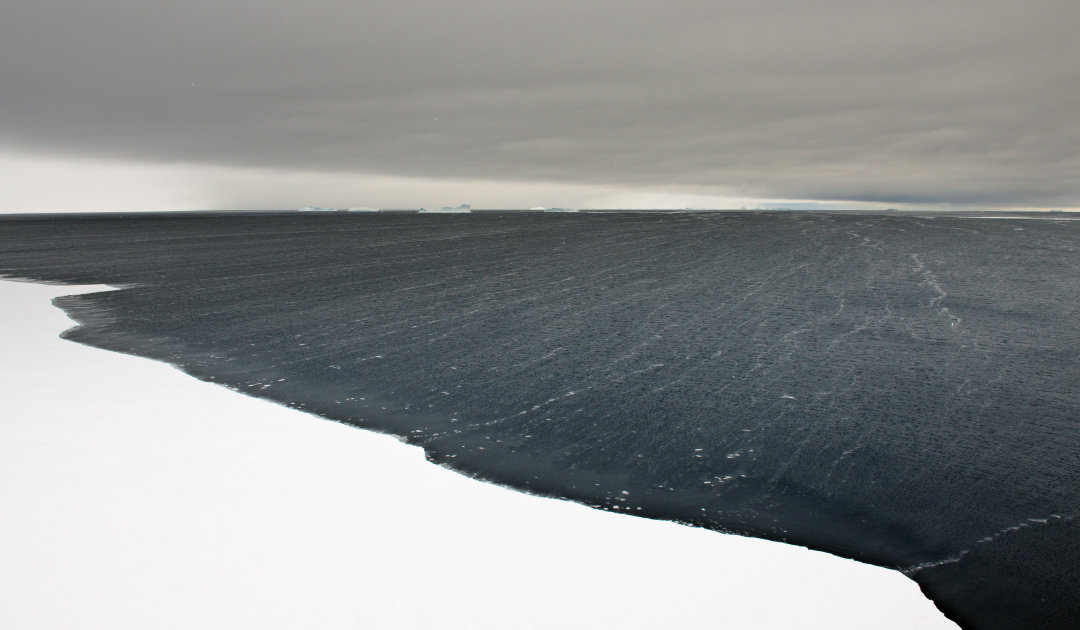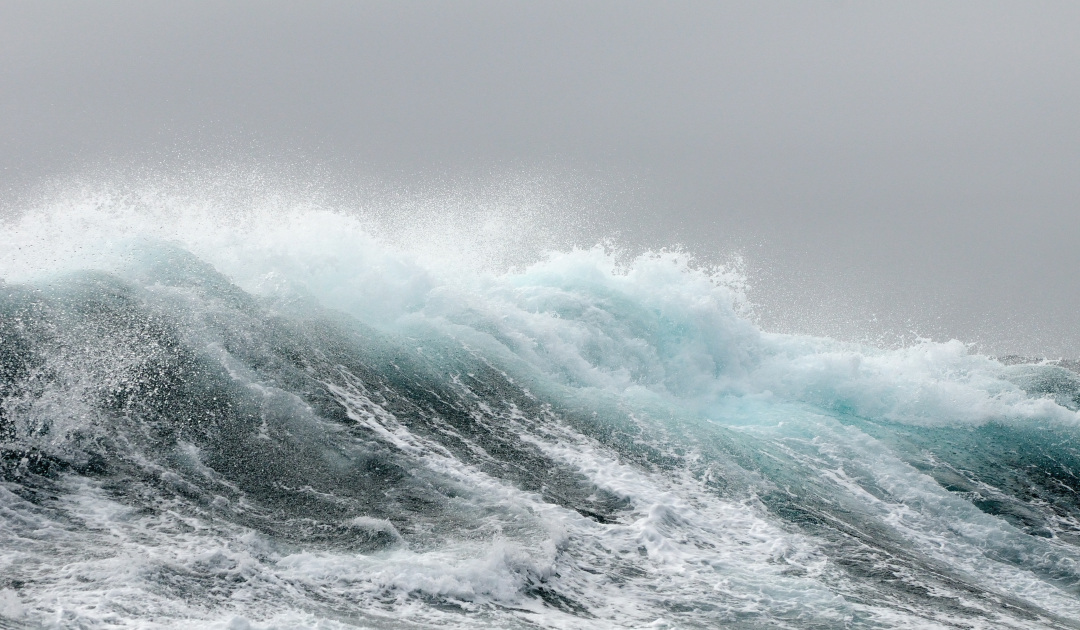
The deep sea of the Antarctic Weddell Sea has warmed five times faster than all oceans at depths of more than 2,000 meters over the past three decades. This research is the result of oceanographers from the AWI. In their study, they evaluated a long-term oceanographic data series unique to the Weddell Sea and showed that the warming of the polar deep sea is mainly due to changes in wind and currents over and in the Southern Ocean. Scientists also warn that the warming of the Weddell Sea could slow the circulation of gigantic water masses in the long term – with far-reaching consequences for global ocean circulation.
In recent decades, the world’s oceans have absorbed more than 90 percent of the heat kept by greenhouse gas emissions in the atmosphere, effectively slowing down the rise in global air temperature. The Southern Ocean absorbed about three-quarters of this heat, although it accounts for only 15 percent of the global ocean surface. To measure this heat, researchers use so-called CTD probes, which measure conductivity, temperature, and depth, and can thus calculate the amount of heat entering the deep sea.

What happens to the heat in the deep sea of the Southern Ocean was largely unknown due to the lack of sufficiently long measuring series. AWI oceanographers have been carrying out such temperature and salinity measurements for 30 years now on expeditions of the German research icebreaker Polarstern into the Antarctic Weddell Sea – always at the same positions, always from the sea surface to the seabed, always with very high measurement accuracy. In this way, a long-term data series unique for the South Atlantic and the Weddell Sea was created, which enabled researchers to track the warming of the Weddell Sea in detail and to identify possible causes.

The evaluation of the data showed the research group led by Dr. Volker Strass from the AWI that the Weddell Sea regionwide has warmed by 0.0021 – 0.0024°C per year at a depth of more than 700 meters. These values appear tiny at first. “Since the ocean has roughly 1,000 times the heat capacity of the atmosphere, these numbers represent an enormous scale of heat absorption. By using the temperature rise to calculate the warming rate in watts per square metre, you can see that over the past 30 years, at depths of over 2,000 metres the Weddell Sea has absorbed five times as much heat as the rest of the ocean on average,” explains Volker Strass. By comparison, the Weddell Sea is about ten times larger than the North Sea and between 500 and 5,000 metres deep (North Sea: 94 metres on average).
These amounts of heat are then transported to other oceans via the deep ocean currents. The Weddell Sea is considered an important driver of ocean currents and a change in conditions there would have massive effects in other parts of the world. The warming of the deep sea of the Weddell Sea could lead to a loss of power of circulation, because warmer water has a lower density. It is therefore lighter and may be layered higher in the water column. “Our field data already shows a temperature-related loss in density in the deeper water masses of the Weddell Sea. This change is most pronounced in the Bottom Water,” says co-author and AWI oceanographer Gerd Rohardt. Whether or not the Antarctic Bottom Water will continue to fulfil its function as the deepest limb of the global ocean overturning circulation chiefly depends on how the density of the water masses above it changes.

As the cause of the increased heat input in the depths of the Weddell Sea, the researchers have identified a change in the wind and current systems over and in the Southern Ocean. “Over the past three decades, the westerlies and with them the Antarctic Circumpolar Current have not only shifted one to two degrees to the south; they have also intensified. As a result, the diameter of the Weddell Gyre has decreased, and the flow speed of the water masses has increased. Because of these two factors, more heat from the Circumpolar Current is transported to the Weddell Sea today than when we first began our measurements,” explains Prof. Dr. Torsten Kanzow, head of the AWI department of climate science and also co-author of the study. If the warming of the Weddell Sea continues unchecked, he explains, it will have far-reaching consequences not only for the massive ice shelves on the southern coast of the Weddell Sea, which extend far out into the ocean, and as such, for sea-level rise in the long term, but also for the conveyor belt of ocean circulation as a whole.
Press release Alfred Wegener Institute / Dr. Michael Wenger, PolarJournal
Link to the study: Strass et al (2020) J Climate, E-Pub 10.1175/JCLI-D-20-0271.1.
More on the subject:





